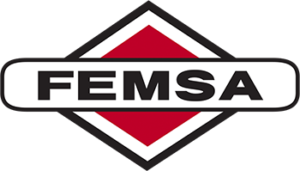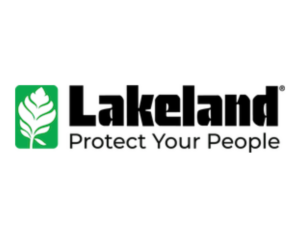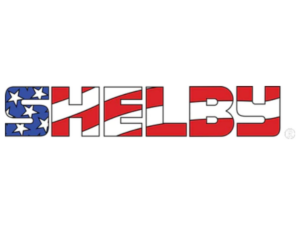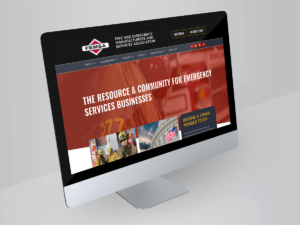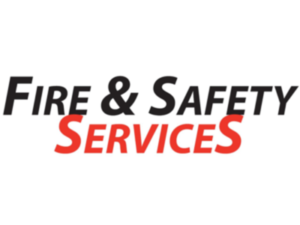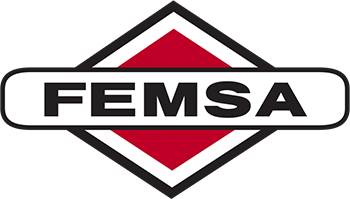Community Risk Reduction (CRR) has become a “buzz” phrase in the fire service in the last decade, and many people still misconstrue what it means.
The technical definition reads: “a process to identify and prioritize local risks, followed by the integrated and strategic investment of resources (emergency response and prevention) to reduce their occurrence and impact.”
It sounds rather officious – but one of the key words here is “process.” CRR is a process, not a specific product. It is not another term for fire prevention. It begins with a local assessment of community risks, followed by the development and delivery of specific strategies and actions that will mitigate or prevent those risks. It leaves the door open for a variety of approaches that will improve outcomes in CRR – improving on the fact that the fire service typically measures response time rather than outcomes. It moves us away from the concept that emergency response is the only thing upon which we (the fire service) focus.
For example, it is logical to note that if a building has been burning for 20 minutes before a local fire department is notified, a quick response by the fire service will produce a very different outcome than would be the case if they were to arrive within five minutes of a fire actually starting. So, when we change our focus to outcomes, other effective ways to mitigate fire damage are apparent, such as fire sprinklers, building compartmentalization, alarm systems and active public safety education programs that can either prevent incidents or mitigate the damage when they do occur.
If we consider that the variety of community risks go well beyond fire, like medical calls, hazardous material incidents, opioid overdose calls, water rescues and many others – we can apply the steps of the process in the same fashion. Specifically, we can analyze the risks and come up with strategies that include engineering or technological solutions, public education, code adoption and compliance, and emergency response capabilities that are all designed to reduce risks and improve outcomes.
How then do these concepts apply to equipment manufacturers?
The steps of the process are the same: identify the risks and , come up with strategies and products to ameliorate them. Sometimes manufacturers create products that are designed to reduce risks via direct sales to the public. Smoke alarms, fire sprinklers, fire resistant door assemblies, fire resistant fabrics for tablecloths in commercial settings, etc., are all ways to improve public and life safety directly. Other examples are products that enable the fire service to respond more effectively and safely. Products like catch basins for fire tanker water to be used for drafting, improved protective turnout gear to protect firefighters during fire and medical operations, thermal imaging cameras, and other products like them, all help improve CRR outcomes indirectly, by helping the fire service improve performance.
Designing fire apparatus to help deliver emergency medical services in the field, rather than transporting people to the hospital emergency room, is another example of how equipment manufacturers can improve CRR efforts indirectly. In short, anything that helps improve public safety, firefighter safety or emergency operations is part of the larger CRR effort.
Manufacturers are an important part of the CRR process and have been all along. It only begs the question: “What next?” In my opinion, equipment manufacturers can help by being innovative, and driving improvements that the fire service may not even recognize until some very smart product developers look at community risks and then figure out how to reduce them by introducing new or better products that do so directly or indirectly.
